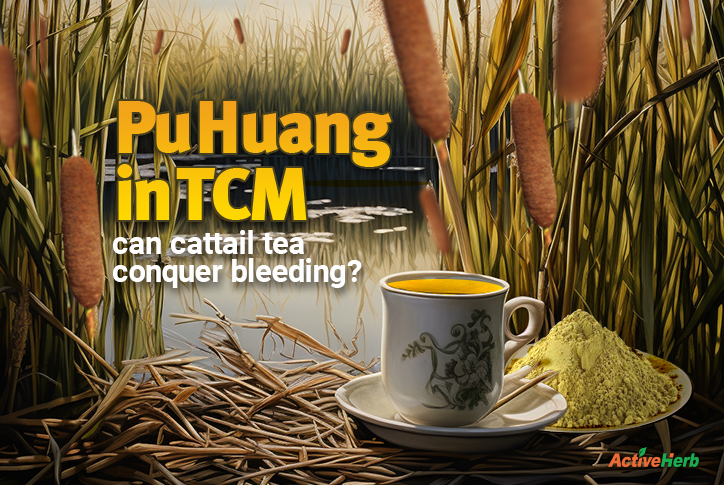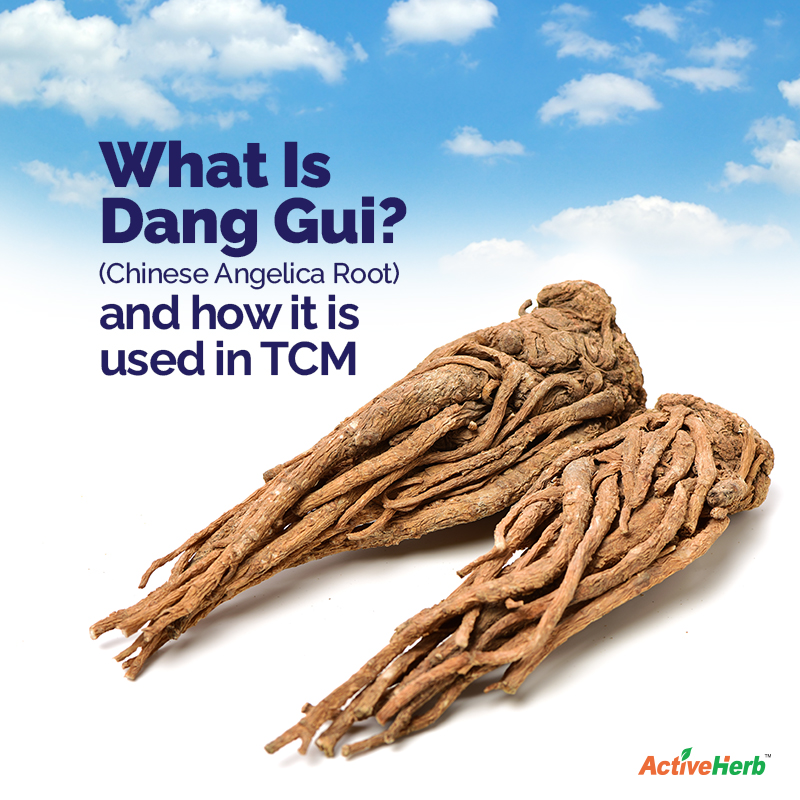Pu Huang In TCM – Can Cattails Conquer Blood Stasis?

Out of the 300 or so most commonly used herbs in traditional Chinese medicine (TCM), how many of them have you actually seen in the wild? Maybe a handful like kudzu, licorice root and ginger, to name a few? But chances are good that the Chinese herb you’ve seen growing most often in the wild is one you’ve probably never heard of: Pu Huang.
Better known as cattail, you’ve undoubtedly noticed Pu Huang growing at the edge of marshes. But cattails aren’t just for putting on a beautiful, bucolic display of nature in your local waterway.
Benefits of Cattails
Cattails grow on the end of reeds. You can see why they are called cattails. And you can also see why another nickname for them is corn dog grass. Although you wouldn’t want to eat this particular corn dog raw—nor should you eat a real corn dog if you’re serious about eating healthy—you may want to consider drinking it because of its possible health benefits.
Also known as bulrush and by its botanical name, Typha latifolia, cattail is in the category of traditional Chinese herbs that support blood flow.
Cattail is used in TCM applications for both external and internal bleeding. If you have difficult menstrual cycles, especially because of heavy menstruation, this is one TCM you may want to try. You can take it as an individual herb, most conveniently by making an instant hot herbal tea. Or you can also use it as an adjunct herb to take along with TCM menstrual support formulas.
Cattail is an interesting herb because the pollen is used as the medicinal part of the plant. In comparison, many TCM herbs use the root of the plant.
The main actions of Pu Huang cattail in TCM are dispersing blood stasis and supporting normal blood flow. In TCM, blood stasis is a pooling of the blood caused by a deficiency of energy (Qi) in the Heart channel. Blood stasis can be localized in the body and is a major underlying factor in discomfort and achiness.
In addition to clearing stagnant blood flow, cattail is used to disperse heat. That’s why it’s used in TCM to support urinary tract health, especially for the condition “Lin Syndrome.” Lin Syndrome is associated with ‘dribbling’ urination. By clearing heat from the Urinary Bladder channel, cattail may help support a more normal urine flow.
Pu Huang in TCM (Cattail): No Effect On Yin/Yang
Every single food you eat or herbal tea you drink can influence your Yin/Yang balance, which is the core tenet of TCM philosophy. But cattail has a neutral nature in temperature. So if you suffer from hot flashes or night sweats you don’t have to worry that taking cattail will make you hotter, unlike, say, ginseng.
Next time you’re by a lakeshore or wetland preserve, take a moment to notice cattail— not just for its beauty but also its applications in TCM.







